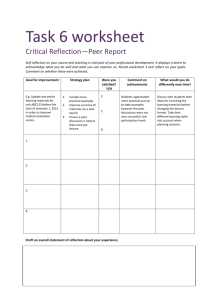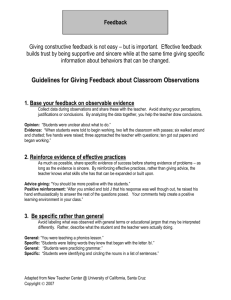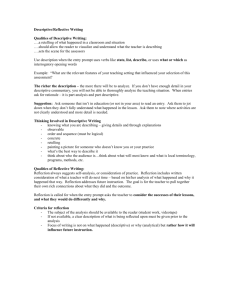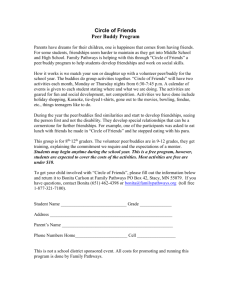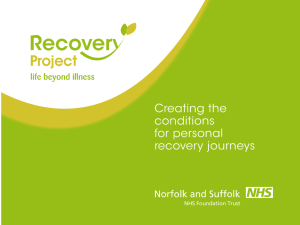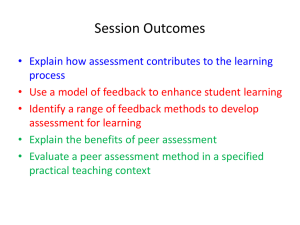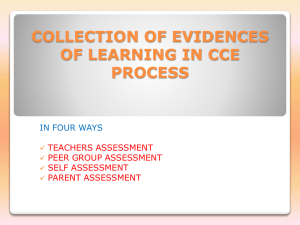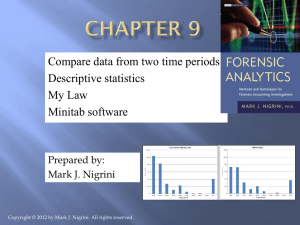File - Plan Do Review
advertisement
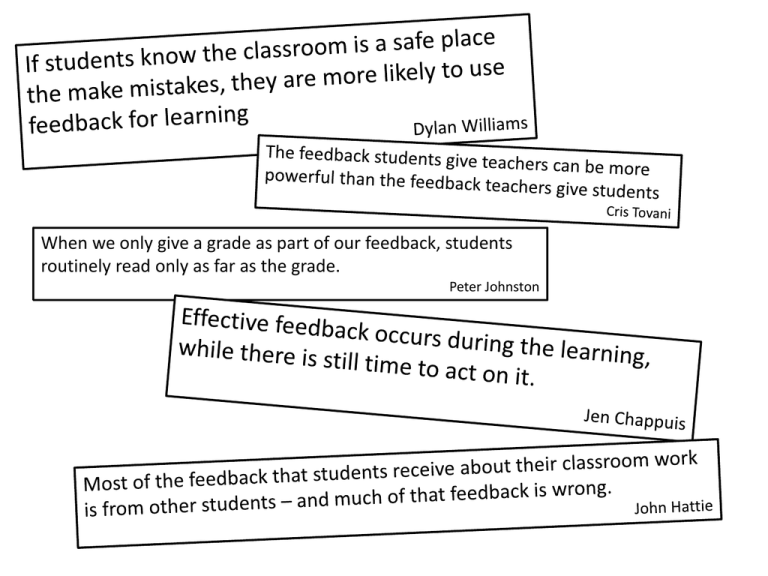
When we only give a grade as part of our feedback, students routinely read only as far as the grade. Peter Johnston Accurate 21/02/14 http://www.youtube.com/watch?v=hqh1MRWZjms Ron Berger • The nature of effective critique • The value of re-redrafting The story of Austin’s butterfly Evaluative Increase decrease Feedback Descriptive Feedback Increase Descriptive Feedback • • • One of the biggest challenges for teachers is finding enough time to give individual students enough quality descriptive feedback. Descriptive feedback helps students learn more. Keep it specific and easy to understand - part of an ongoing conversation. Used it in comparison to samples and exemplars. Decrease Evaluative Feedback • • • • • For those with low self efficacy evaluative feedback can actually be demotivating. "Grades cause an emotional reaction – either positive or negative. Feedback causes you to think and engage, which is reflective learning.“ (Dylan Williams) When receiving a poor evaluation, Male students tend to blame the school, the test, or the teacher: "The system is stupid." Whereas female students tend to blame themselves: "I am stupid." In both cases most students experience negative emotions and a sense of failure and are, in fact, discouraged from trying harder. Negative evaluations can launch a downward spiral Teacher feedback Peer assessment Maximise your feedback without going into meltdown By teaching students how to compare their own work and that of their peers to models, exemplars, and samples of quality, the teacher actually multiplies descriptive feedback using two other sources – self-assessment and peer-assessment. Self assessment and target setting Tackling the underlying forces of successful formative feedback Teacher feedback Meta-Cognition: • Thinking purposefully • Gaining self-distance • Recognising destructive inner voices • Growth vs Fixed mind-set attitude Peer assessment Examples: • Of real projects with feedback still included • Videos – Austin's butterfly is an absolute winner • Role play some feedback with another class member or teacher • Get the group to practice ‘talking on task’ to drum up ideas Self assessment and target setting Routine and repetition • DIRT: dedicated improvement and reflection time • Return to old feedback • Re-use language Plan in time for reflection: especially if you have worked hard to provide individualised formative feedback! Dedicated Improvement Reflection Time Be prepared to have emotive conversations – if they are cross or sad because of their feedback its because they care. (What's in it for me?) Make the benefits of peer assessment clear: • If you can help others to progress you will grow and develop yourself • Seeing someone else's efforts makes us view our own more objectively • You are helping someone else – altruistic actions make us feel great Train students to do it well: • • • • Ask students to assess the quality of the peer assessment they receive Have a comments bank on the wall Model the language yourself Don’t settle feedback that’s not useful – encourage students not to either More Feedback Please! (But not more work) Glow and Grow highlighters: Yellow = you have met or exceeded expectations Green = room for improvement Return work with symbols that meant one of three things: • This work is better than previous work. • This work is not as good as previous work. • This work is of the same quality as previous work. plan peer assessment and selfassessment opportunities, for example with 'pair and share' opportunities during class questioning Write a note to students struggling that encourages them to press on Correct common errors to the whole class. Correct personal errors in private Feedback Can Take the Form of Altered Teaching Traffic Lights green moving forward confidently yellow moving forward cautiously red stopped Ask students to email feedback to each other More Feedback Please! train children over time to assess their own work and the work of others, and develop an appropriate language Print a correct answer/example so that students can visit it to measure their progress Give quick brief feedback as soon as possible Supply information about what the learner is doing, rather than simply praise or criticism Dart boards The inner circle was = “right on,” the next circle = “working on it,” and the outside circle = “needs improvement.” Model its use, use it as a group, and then, when students are ready, use it to peer and self-assess. Watch for incorrect answers or misconceptions and gently point out the flaws provide children with clear success criteria to help them assess the quality of their work
